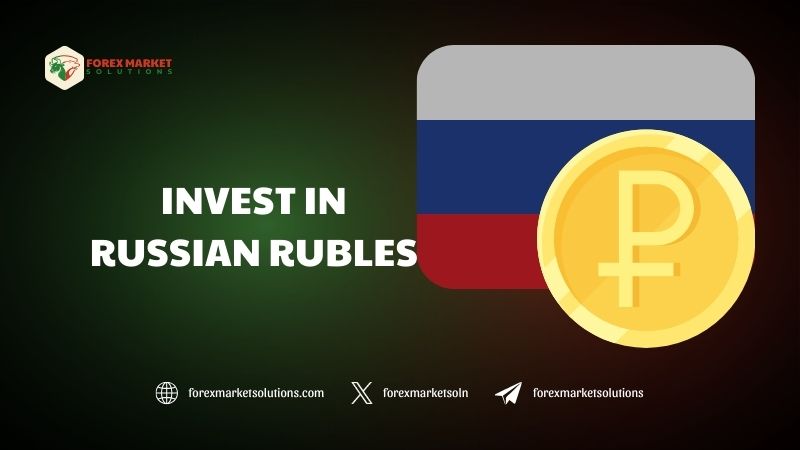The Forex market offers a vast playground for investors seeking to diversify their portfolios, and one currency that often sparks curiosity is the Russian Ruble (RUB). Deciding to invest in Russian Rubles can be a compelling choice in 2025, as Russia’s economic landscape evolves amid global energy dynamics, geopolitical shifts, and sanctions. The Ruble, tied closely to oil prices and Russia’s export-driven economy, presents both opportunities and challenges for traders willing to navigate its volatility. This comprehensive guide explores the factors influencing the Ruble, the potential rewards of investing in it, and practical strategies to approach this currency in the year ahead.
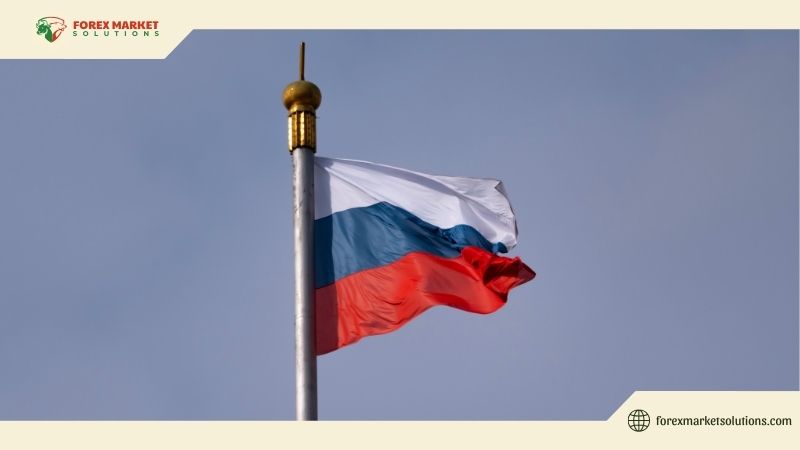
For those considering whether to invest in Russian Rubles, the decision hinges on understanding its unique drivers—far removed from the stability of majors like the US dollar or euro. In 2025, with Russia’s role in global energy markets and its adaptive financial policies under scrutiny, the Ruble offers a mix of speculative appeal and strategic hedging potential. Whether you’re a Forex trader eyeing USD/RUB or an investor exploring emerging market currencies, this article provides a clear lens on the Ruble’s prospects, equipping you with insights to make informed moves in a complex financial environment.
The Russian Ruble: A Currency Overview
To evaluate the merits of choosing to invest in Russian Rubles, it’s worth starting with its fundamentals. The Ruble, abbreviated as RUB and symbolized by ₽, has been Russia’s official currency since the 13th century, though its modern form emerged after the Soviet Union’s collapse in 1991. Managed by the Central Bank of Russia (CBR), it’s subdivided into 100 kopecks, with coins and notes ranging from 1 to 5,000 Rubles in circulation. Unlike fully free-floating currencies, the Ruble operates under a managed float, with the CBR intervening to stabilize it against external shocks—say, a sudden oil price drop.
This currency’s value ties heavily to Russia’s economic backbone: energy exports. Oil and gas account for over 50% of its export revenue, making RUB a “petrocurrency” that rises with Brent crude prices and dips when they falter. In 2025, with global energy demand rebounding post-transition to renewables, this link shapes the case to invest in Russian Rubles. Sanctions, imposed since 2014 and tightened in 2022, add volatility, as do trade ties with China and India, diversifying Russia’s financial orbit.
The Ruble’s Forex presence—via pairs like USD/RUB or EUR/RUB—reflects this turbulence, offering high-risk, high-reward potential for traders attuned to its rhythms.
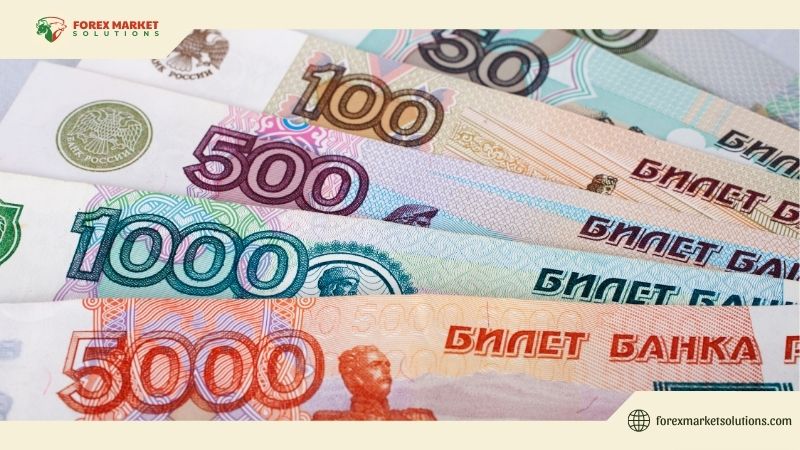
Factors Influencing the Ruble in 2025
Deciding to invest in Russian Rubles requires dissecting the forces driving its value. Oil prices top the list—Russia’s 11 million barrels daily output ties RUB to crude’s fate. A 2025 surge to $90 per barrel, fueled by Middle East tensions or OPEC cuts, could lift USD/RUB from 95 to 85, a 10% appreciation. Conversely, a green energy shift dropping oil to $60 might push it to 105, a 10% decline.
Sanctions remain a wildcard. Post-2022, Western restrictions curtailed Russia’s SWIFT access, forcing reliance on alternative systems and crypto for trade—think Bitcoin settlements with Turkey. In 2025, easing tensions—or harsher penalties—could sway RUB’s stability, impacting those who invest in Russian Rubles. The CBR’s response—rate hikes to 15% or reserve drawdowns—adds another layer, balancing inflation against currency defense.
Geopolitical ties shift the narrative too. Russia’s pivot to Asia—40% of exports to China by 2024—buffers sanctions, while BRICS expansion might elevate RUB’s reserve status. These dynamics make 2025 a pivotal year, blending risk with speculative upside.
Invest in Russian Rubles: Opportunities and Risks
Choosing to invest in Russian Rubles in 2025 offers distinct prospects, tempered by inherent uncertainties. One opportunity lies in its undervaluation—post-2022, RUB hit 120 to the USD but rebounded to 95 by late 2024, hinting at recovery potential. A trader buying at 95, targeting 85 with a stop at 100, could net 10% if oil rallies, a move amplified by Forex leverage (e.g., 10:1 turns $1,000 into $1,100 profit).
Hedging appeals too. If Western stocks falter amid 2025 rate hikes, RUB’s inverse oil link offers a counterweight—rising as equities dip. Pairing a long USD/RUB with short S&P 500 futures diversifies risk, a tactic for savvy investors. Russia’s crypto adoption—evading sanctions—might also boost RUB pairs like BTC/RUB, a niche play in Forex.
Risks loom large, though. Sanctions could tighten—say, EU oil bans—crashing RUB to 110, wiping gains. Volatility spikes—20% swings in a month—test nerve, while low liquidity in RUB pairs (wide spreads, 10 pips) cuts profits. Political shocks—like a Ukraine escalation—add unpredictability, making invest in Russian Rubles a calculated gamble, not a sure bet.
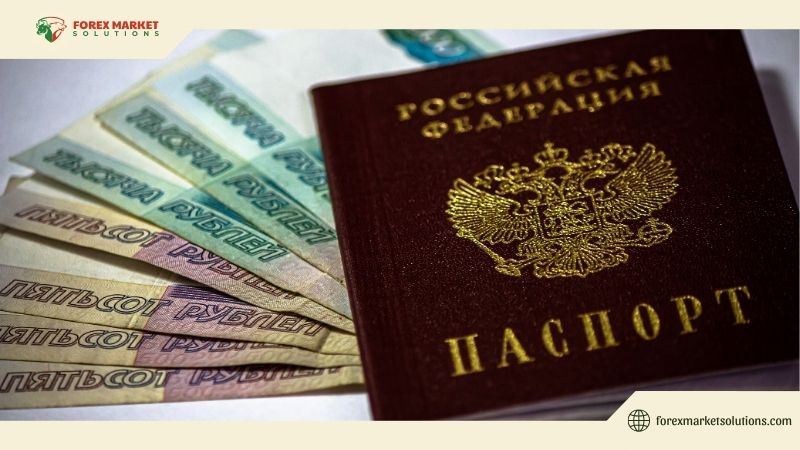
Strategies for Trading the Ruble
Trading RUB demands tailored approaches to harness its potential. On a USD/RUB daily chart, a breakout strategy fits—buy at 96 if it breaches 95, stop at 98, target 90—riding oil-driven momentum. In 2025, with energy news swaying markets, set alerts for OPEC meetings, entering fast on crude spikes.
A carry trade suits high rates—if CBR holds 15% while Fed’s at 4%, borrow USD, buy RUB, earning 11% interest minus spread. Hold $1,000 in RUB for a month, netting $9 after costs, assuming stability. This leverages invest in Russian Rubles for passive gain, though currency drops could erase it.
Scalping works for volatility—buy EUR/RUB at 105, sell at 106 (100 pips, $10 on 0.1 lots), stop at 104.5—capping daily trades at three. Pair with oil charts—Brent at $85 signals strength—ensuring alignment. In 2025’s choppy Forex, tight stops (50 pips) guard against swings.
Practical Considerations for Investors
Beyond Forex, invest in Russian Rubles spans options—though sanctions limit direct access. ETFs like the VanEck Russia ETF (RSX) offer indirect exposure, rising with RUB strength, though frozen since 2022; 2025 easing might revive them. Ruble bonds—yielding 12%—tempt, but offshore restrictions block most Westerners.
Liquidity matters—RUB pairs trade thinner than EUR/USD, so use brokers like Exness with tight spreads (5 pips). Monitor sanctions news—Bloomberg or Reuters—adjusting if bans hit. A $500 account with 5:1 leverage balances risk, growing via 2% monthly targets (95 to 93). These pragmatics ground invest in Russian Rubles in reality.
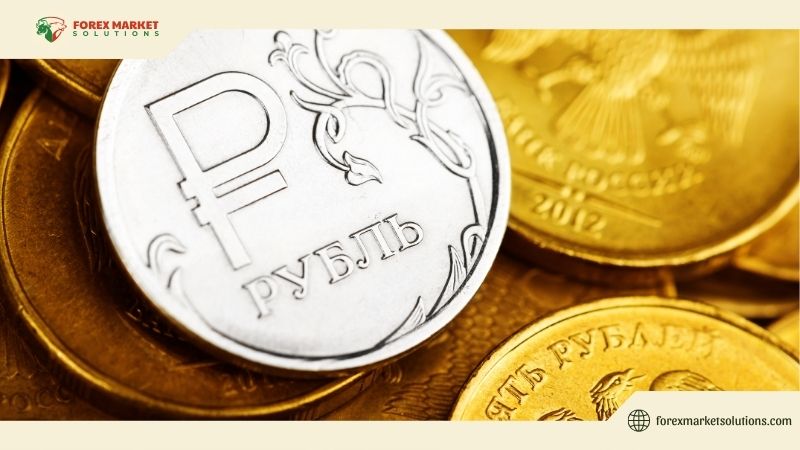
Weighing the Ruble’s Potential
Deciding to invest in Russian Rubles in 2025 blends bold opportunity with stark risk—oil lifts it, sanctions sink it, and geopolitics spin the wheel. From Forex breakouts to carry trades, its volatility rewards the prepared, offering a speculative edge in a shifting market. Understanding invest in Russian Rubles equips you to navigate this terrain, turning Russia’s currency into a calculated play, not a blind leap. In a year of flux, the Ruble’s story is one to watch—and potentially profit from.
For more currency insights and trading tips, follow Forex Market Solutions – your guide to mastering markets in 2025 and beyond.
